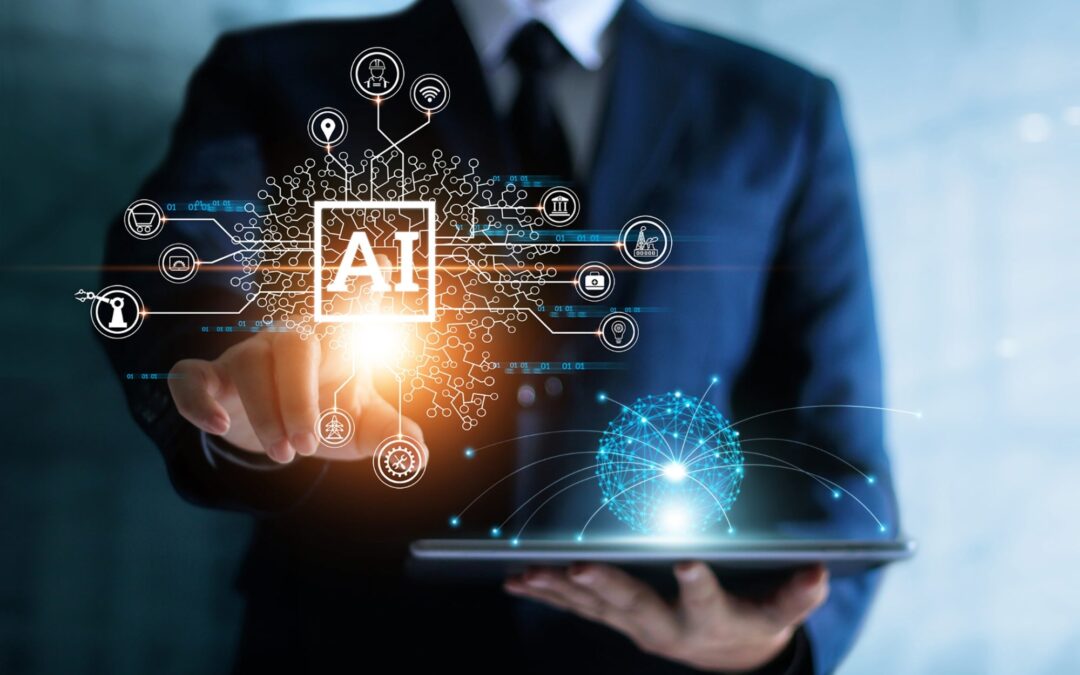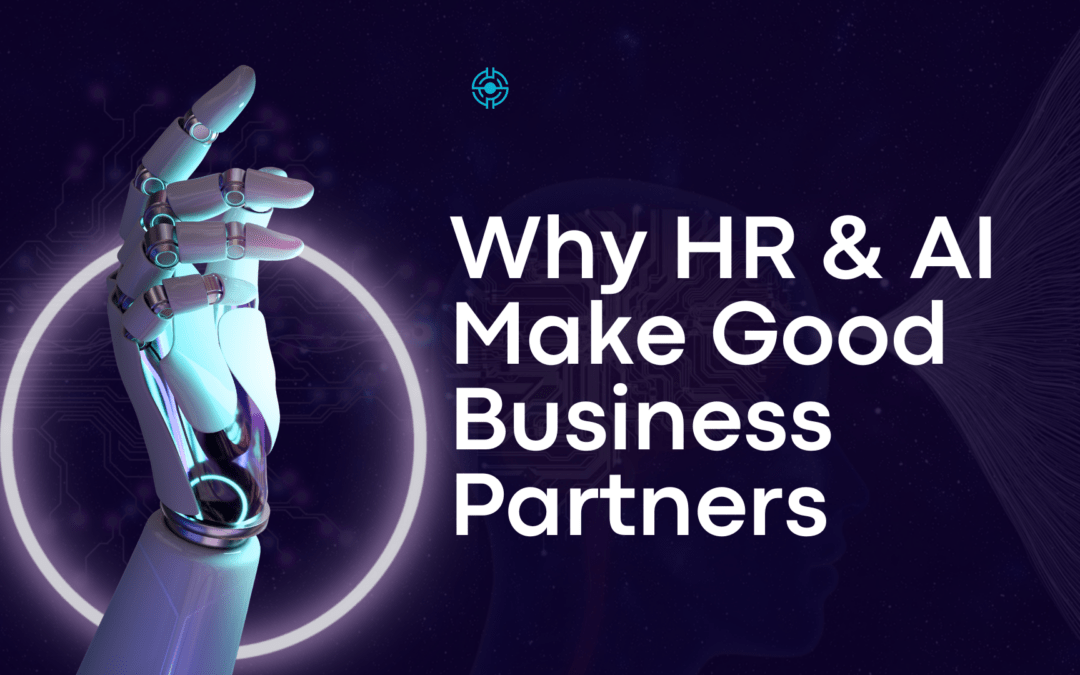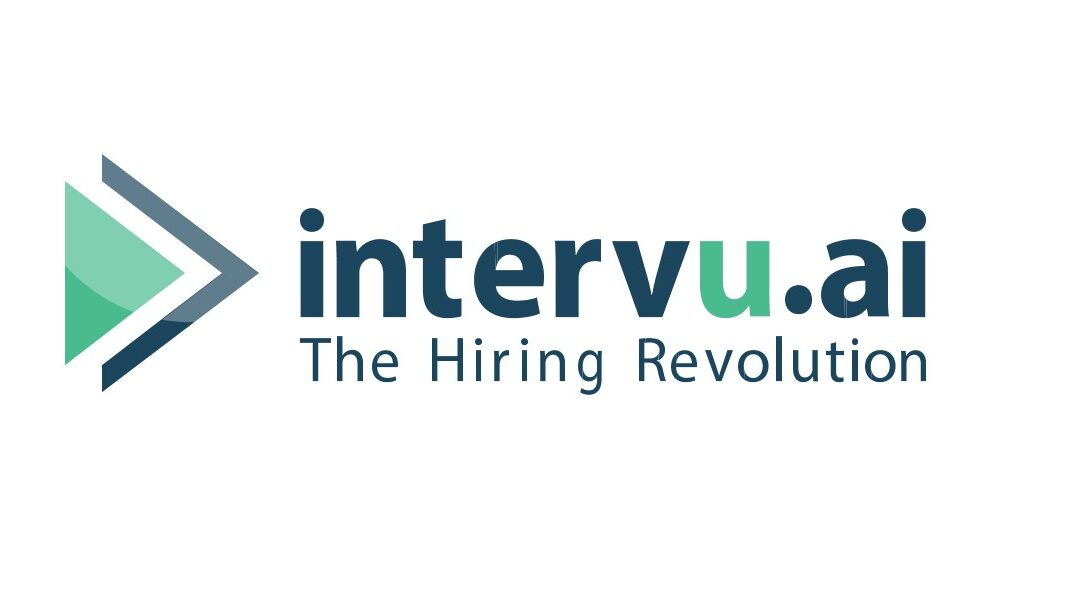
Boosting Employee Retention with AI-Powered Video Interview Solutions
Employee retention remains a critical challenge for many companies, with high turnover rates leading to increased costs, lost productivity, and weakened team morale. As decision-makers, the need to find effective solutions to enhance your workforce’s stability is paramount. One innovative approach gaining traction is the use of AI-powered video interview solutions, which can significantly mitigate retention problems by revolutionizing the hiring process.
Understanding Employee Retention
Employee retention refers to an organization’s ability to keep its employees over a period of time. It is a critical metric that reflects the health of the workplace and the satisfaction of its workforce. High retention rates are indicative of a satisfied and engaged workforce, which translates to numerous benefits for the company, including better productivity, reduced recruitment costs, and a stronger company culture. Conversely, low retention rates can point to underlying issues such as poor job satisfaction, inadequate compensation, or limited career development opportunities.
I- Benefits of High Retention Rates
- Increased Productivity: When employees stay longer with a company, they become more experienced and efficient in their roles. This continuity allows them to develop deeper expertise and build better relationships with colleagues and clients, leading to higher overall productivity.
- Reduced Recruitment Costs: Recruiting new employees is a costly process, involving expenses related to job postings, recruitment agencies, interviewing, and onboarding. High retention rates mean these costs are minimized, as fewer new hires are needed to replace departing employees.
- Stronger Company Culture: Long-term employees are more likely to internalize and promote the company’s values and culture. They act as culture carriers, helping to maintain a consistent and cohesive work environment. This continuity strengthens the company’s identity and fosters a sense of community among employees.
- Enhanced Employee Morale: Stability within the workforce boosts employee morale. When employees see that their colleagues are committed to the company, it reinforces their own commitment and satisfaction, creating a positive feedback loop that enhances overall workplace happiness.
II- Consequences of Low Retention Rates
- High Turnover Costs: Low retention rates lead to high turnover costs, which encompass not only direct recruitment expenses but also indirect costs such as lost productivity, decreased morale, and the time required for new hires to reach full productivity.
- Disrupted Team Dynamics: Frequent turnover disrupts team dynamics and collaboration. Constantly integrating new employees can strain existing staff and hinder the development of strong working relationships and effective teamwork.
- Knowledge Drain: When experienced employees leave, they take with them valuable institutional knowledge and expertise. This loss can be particularly detrimental in specialized roles where knowledge transfer is crucial for maintaining operational continuity.
- Diminished Customer Satisfaction: High turnover can negatively impact customer relationships. Clients value consistency and familiarity, and frequent changes in staff can erode trust and satisfaction. Long-term employees are better equipped to understand and meet customer needs.
III- Underlying Issues Leading to Low Retention
- Poor Job Satisfaction: Employees who are unhappy with their job roles, work environment, or company culture are more likely to leave. Factors contributing to poor job satisfaction include lack of recognition, limited career progression, and inadequate support from management.
- Inadequate Compensation: Competitive compensation is a key factor in employee retention. If employees feel they are not fairly compensated for their work, they may seek better opportunities elsewhere. This includes not only base salary but also benefits, bonuses, and other financial incentives.
- Limited Career Development Opportunities: Employees value opportunities for growth and development. Companies that do not provide clear career paths, training programs, or opportunities for advancement are likely to see higher turnover rates. Employees want to feel that their employer is invested in their personal and professional growth.
- Poor Work-Life Balance: Modern employees prioritize work-life balance. Companies that demand excessive hours or do not offer flexible working arrangements may struggle to retain employees. Ensuring that employees have time for their personal lives and well-being is essential for retention.
IV- Strategies for Improving Employee Retention
- Enhancing Job Satisfaction: Create a positive work environment where employees feel valued and appreciated. This can be achieved through regular feedback, recognition programs, and fostering a supportive company culture.
- Competitive Compensation and Benefits: Regularly review and adjust compensation packages to ensure they are competitive within the industry. Offering comprehensive benefits packages, including health insurance, retirement plans, and bonuses, can also improve retention.
- Career Development Programs: Invest in training and development programs that provide employees with the skills they need to advance their careers. Offering mentorship opportunities and clear career progression paths can motivate employees to stay.
- Promoting Work-Life Balance: Implement policies that support work-life balance, such as flexible working hours, remote work options, and paid time off. Encouraging employees to take breaks and recharge can improve their overall job satisfaction and retention.
- Effective Onboarding and Integration: A thorough and supportive onboarding process helps new employees integrate smoothly into the company. Providing clear expectations, training, and support during the initial period can set the foundation for long-term retention.
The Role of AI in Recruitment
Artificial intelligence is revolutionizing recruitment processes, offering a range of tools to enhance efficiency, reduce bias, and improve candidate experiences. AI can analyze vast amounts of data to identify patterns and make predictions, which is incredibly beneficial in screening resumes, scheduling interviews, and assessing candidate fit. For companies struggling with retention, AI provides a data-driven approach to hire candidates who are more likely to stay and thrive.
I- AI-Powered Video Interview Solutions
AI-powered video interview solutions leverage advanced technologies such as machine learning, facial recognition, and natural language processing to transform the hiring process. These platforms enable automated interview scheduling, conduct initial screenings, and provide analytics on candidate responses. Key features include real-time feedback, sentiment analysis, and the ability to compare candidates against established benchmarks.
One significant advantage of these AI solutions is their ability to reduce unconscious bias. Traditional interviews can be influenced by interviewer biases, whether related to gender, race, or other factors. AI-driven platforms focus on objective data, such as skills and qualifications, ensuring a fairer assessment process. Moreover, these tools can analyze non-verbal cues and speech patterns to provide deeper insights into a candidate’s suitability, something that might be missed in a traditional interview.
II- How AI Solutions Enhance Employee Retention
AI-powered video interview solutions offer several benefits that directly address retention issues, making them a valuable tool for companies seeking to improve employee retention rates:
- Better Job Fit: AI can analyze vast amounts of data to identify candidates who are not only qualified but also a good fit for the company culture and specific job roles. This helps reduce the likelihood of mismatched hires and early turnover, ensuring that new employees are more likely to thrive and stay with the company long-term.
- Engaging Candidate Experience: AI-driven solutions provide a more engaging and streamlined candidate experience. Applicants feel valued and respected from the start, which can positively influence their decision to join and remain with the company. An engaging recruitment process sets a positive tone for their entire tenure.
- Efficient and Fair Hiring Process: These solutions enhance the efficiency of the hiring process by reducing the time to fill positions and ensuring a consistent and fair evaluation of candidates. By removing biases and focusing on objective data, AI tools help select the best-fit candidates who are more likely to be satisfied and committed to their roles.
- Data-Driven Decisions: Real-time analytics and feedback from AI tools enable recruiters to make more informed decisions. This helps in identifying candidates who are not only skilled but also aligned with the company’s long-term goals and values, increasing the likelihood of long-term retention and job satisfaction.
III- Best Practices for Implementing AI Solutions
To maximize the benefits of AI-powered video interview solutions, companies should follow these best practices for implementation:
- Strategic Integration: Start with a clear strategy that integrates AI tools into existing HR processes. Ensure that these tools are aligned with the company’s overall business goals and retention strategies. This alignment is crucial for achieving the desired outcomes.
- Training and Adoption: Ensure that HR staff are adequately trained to use the technology and interpret the data it provides. Promote a culture of continuous learning and adaptation to keep up with advancements and changes in AI technology. Proper training ensures that the tools are used effectively and efficiently.
- Ethical Standards: Maintain high ethical standards by ensuring that AI algorithms are transparent and free from bias. Regular audits and updates are necessary to ensure that AI tools remain effective, fair, and aligned with ethical guidelines. This helps build trust in the technology and its outcomes.
- Continuous Improvement: Stay updated with the latest advancements in AI technology and continuously refine your processes to meet the changing needs of the workforce. Continuous improvement ensures that the company remains competitive and able to attract and retain top talent.
Future Trends in AI and Employee Retention
Looking ahead, AI technologies are poised to continue evolving, offering even more sophisticated tools for enhancing employee retention. Emerging trends include the use of predictive analytics to identify employees at risk of leaving and the development of AI-driven career development platforms that provide personalized growth opportunities for employees. Continuous improvement and adaptation of these technologies will be essential to meet the changing needs of the workforce.
Conclusion
In today’s competitive business landscape, retaining top talent is more crucial than ever. High employee turnover not only incurs significant costs but also disrupts team dynamics and erodes company culture. AI-powered video interview solutions present a powerful tool to mitigate these challenges by revolutionizing the recruitment process. These solutions offer a better job fit, a more engaging candidate experience, a fairer and more efficient hiring process, and data-driven decisions, all of which contribute to higher retention rates.
For companies struggling with retention, integrating AI into the recruitment process is a strategic move that can yield significant benefits. By following best practices for implementation—such as strategic integration, thorough training, maintaining ethical standards, and continuous improvement—organizations can maximize the potential of AI to build a more stable and motivated workforce.
As AI technology continues to evolve, staying up-to-date with new developments and trends will be essential. Companies that leverage these advancements will be better positioned to attract, retain, and nurture talent, ensuring long-term success and growth in an ever-changing business environment.






